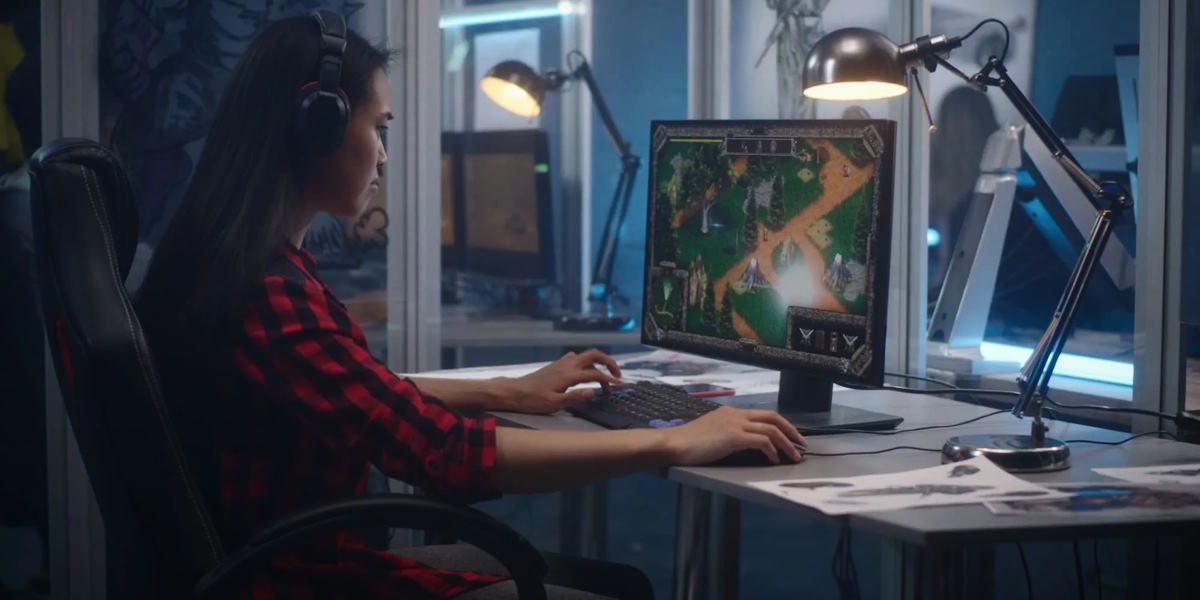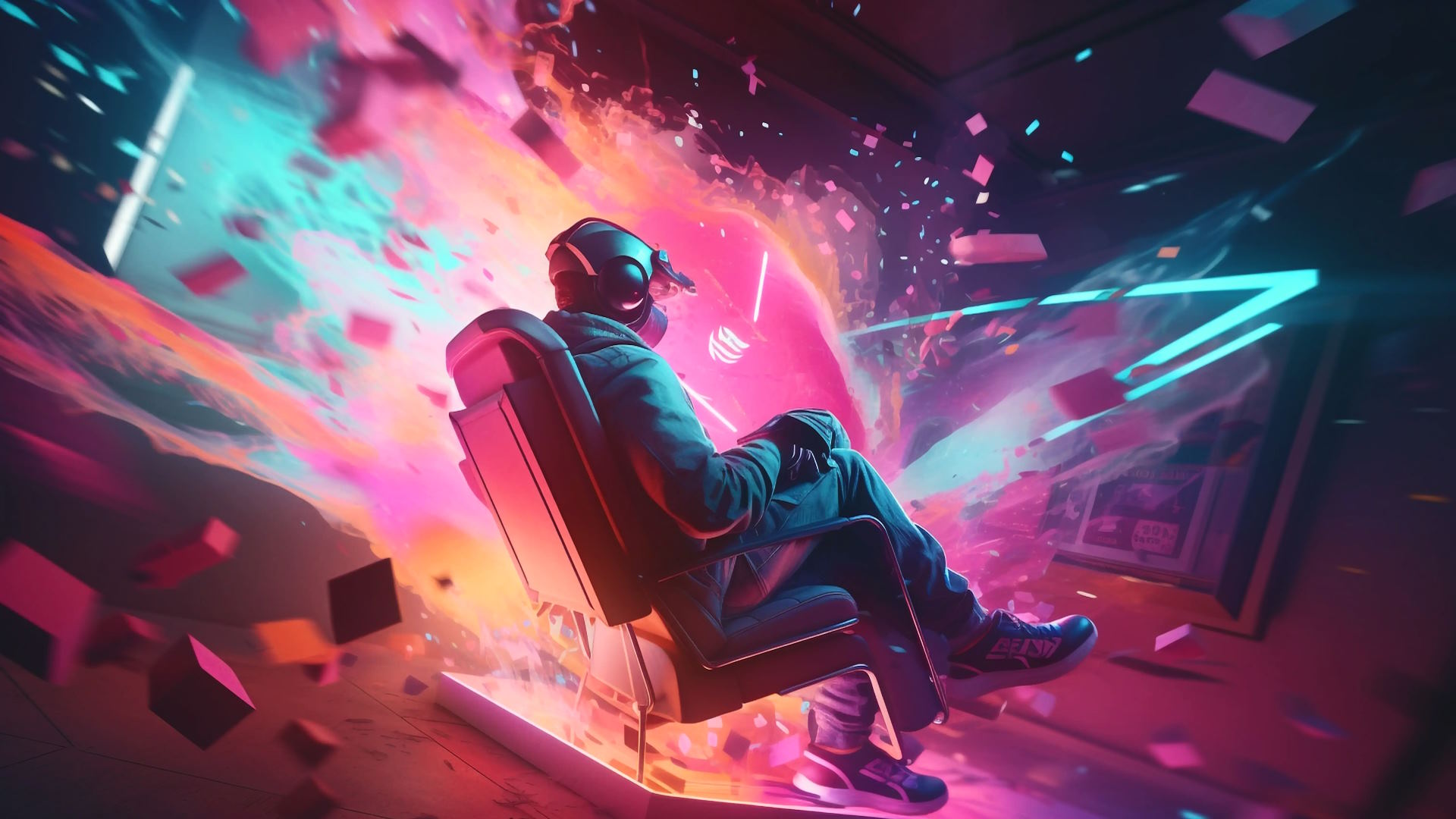Game development is a complex process that requires a fine balance between creativity, technical skills, and player satisfaction. While developers often focus on creating visually stunning worlds and complex mechanics, some common mistakes can undermine a game’s success. In this article, we’ll look at a few of these mistakes, such as neglecting player experience and feedback, overcomplicating game mechanics, and ignoring optimization for performance, and provide advice on how to avoid them.
Neglecting Player Experience and Feedback
One of the most critical mistakes in game development is neglecting player experience and feedback. Developers often get caught up in their vision for the game, leaving little room for player input. While creative freedom is important, it’s crucial to consider how players interact with the game and whether they enjoy the experience.
Avoiding this mistake:
- Playtesting: Regularly conduct playtesting with diverse players. Pay attention to how they interact with the game, especially any challenges they face.
- Feedback Loops: Use feedback from beta testers or early adopters to make necessary adjustments before the game’s final release.
- Iterative Development: Make improvements based on player feedback rather than sticking rigidly to initial plans.
By prioritizing player experience and feedback, developers can enhance engagement and ensure their game resonates with its intended audience.
Overcomplicating Game Mechanics
Another common mistake is overcomplicating game mechanics. It’s easy for developers to get carried away with creating intricate systems that may seem impressive but ultimately confuse or overwhelm players. Complicated mechanics can lead to frustration rather than enjoyment.
Avoiding this mistake:
- Focus on Core Gameplay: Identify the essential mechanics that make your game fun and focus on refining those.
- Simplicity Over Complexity: Simplify mechanics when possible. Sometimes, the most enjoyable games are those that don’t require a steep learning curve.
- Clear Tutorials: If your game includes complex mechanics, provide clear tutorials to help players understand them quickly and easily.
By keeping mechanics simple and intuitive, players can enjoy the game without unnecessary confusion.
Ignoring Optimization for Performance
Ignoring optimization for performance is a common pitfall, especially in games with rich graphics or expansive worlds. Poor performance, such as lag, stuttering, or crashes, can severely detract from the player’s experience, regardless of how well-designed the game is.
Avoiding this mistake:
- Optimize Early: Start optimizing the game as soon as possible, not just during the final stages.
- Cross-Platform Compatibility: Ensure the game runs smoothly across different platforms and hardware specifications.
- Stress Testing: Regularly stress test the game to identify performance issues before they reach the players.
Optimizing the game for performance ensures that players can enjoy a smooth, immersive experience without frustrating technical issues.
While developing a game is an exciting and rewarding process, it’s easy to fall into traps like neglecting player experience and feedback, overcomplicating game mechanics, and ignoring optimization for performance. By staying focused on player needs, keeping mechanics streamlined, and ensuring a smooth gameplay experience, developers can avoid these common mistakes and create a game that truly resonates with its audience. Game development is a continuous learning process, and by recognizing and addressing these pitfalls, developers can set their games up for success.







